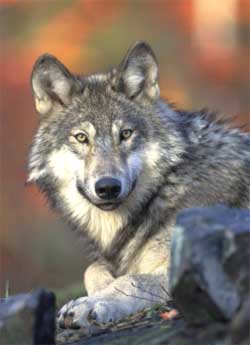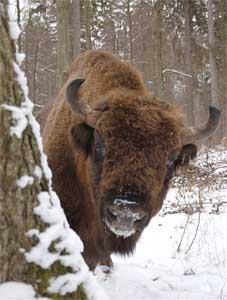  Flora and fauna
Incidentally, only the flora and fauna of European Friland are mentioned on this page. Those of the overseas territories can be found on the relevant pages. Plants It is of course impossible to mention all the trees, plants, grasses, mosses, flowers and bushes that are present on Friland, but some of the occurring species are: Willow, birch, pine, spruce, elm, oak, linden, ash, apple tree, hazel, yew, juniper, rowan, elder, ivy, house leek, mistletoe, poplar, beech, maple, plane and chestnut. Animals Some of the occurring animal species are: (Water animals:) trout, salmon, freshwater eel, lamprey, brass, carp, herring, crab, mackerel, carrelet, sole and smelt. (Birds:) pheasant, partridge, heron, duck, goose, pidgeon, jackdaw, raven, rook, crow, magpie, stork, hawk, falcon, sparrow hawk, golden eagle, buzzard, white-tailed eagle, swan, coot, cormorant, gull, owl, woodpecker, swallow, sparrow, thrush, tit, finch, lapwing and blackbird. (Reptilians:) sand lizard, wall lizard and viper. (Mammals:) wisent, sparwal■ horse, wild boar, red deer, fallow deer, roe deer, fox, badger, otter, beaver, wolf, hare, rabbit, squirrel, hedgehog, mouse and brown rat. (Cattle:) cow, pig, horse, chicken and sheep. (Pets:) dog, cat, Guinea pig and domesticated rat. Endangered species
Another endangered species is the wisent or European bison, who most people only know from prehistoric cave drawings. The animal, which weighs almost 900 kilos (1984 lbs), seems to come straight out of the ice age and is extinct nearly everywhere. Only in Russia and Poland there are still some animals in the wild, and of course in Friland, where the wisent occurs in multiple nature reserves. However, the most spectacular species of Friland is the sparwal■ horse; a subspecies of the tarpan, the wild horse from which most current horse breeds descend and which became extinct in 1887. The sparwal■ horse, named after its habitat, is even, according to some, identical to the tarpan, although there is no scientific consensus on this. Although the discussion will probably continue for some time, the Frilanders are convinced that they are the last refuge of this "extinct" species.  |

